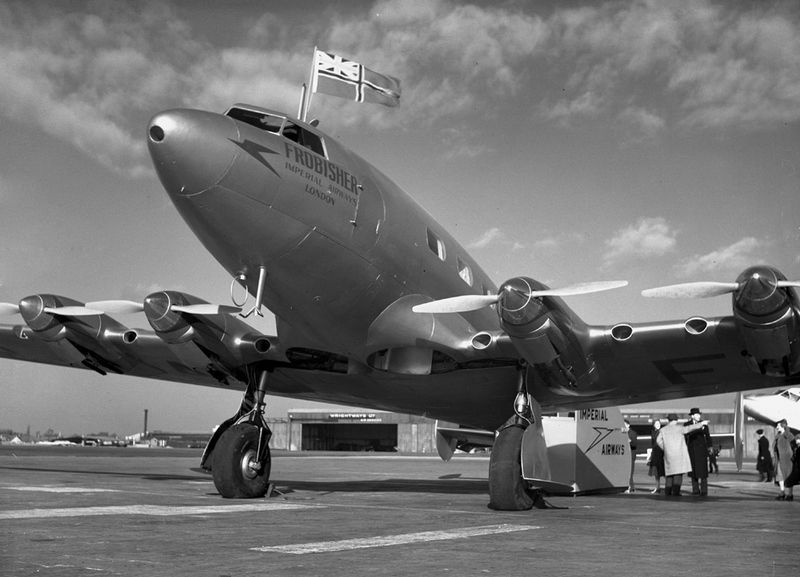Help to identify this engine
Discussion
Hi,
My farther-in-law is a massive aircraft enthusiast, especially pre 1960s British planes.
He was going through his large collection of photos when he came across this picture of an engine.
We are not convinced it is an aircraft engine, but he has been trying to identify it for years so I thought I could try and help him by posting it here.
Many thanks for all your help

My farther-in-law is a massive aircraft enthusiast, especially pre 1960s British planes.
He was going through his large collection of photos when he came across this picture of an engine.
We are not convinced it is an aircraft engine, but he has been trying to identify it for years so I thought I could try and help him by posting it here.
Many thanks for all your help

Jowett Javelin or Jupiter engine. 1,500 flat 4.
http://jowett.net/Parts/TechNotes-Part04-RemovingE...

http://jowett.net/Parts/TechNotes-Part04-RemovingE...

Simpo Two said:
What a great design. It's a streamlined DC3 with Comet-ish wings and engines from a 1930 Hawker fighter 
Structurally, it was a bit iffy. Many of the seven built were wrecked by heavy landings breaking their backs.
The engine was the air cooled De Havilland Gypsy 12 which as far as I am aware was never fitted to any military aircraft.
It was a very beautiful aeroplane though and a lot of the construction techniques used made their way into the Mosquito.
eldar said:
Jowett Javelin or Jupiter engine. 1,500 flat 4.
http://jowett.net/Parts/TechNotes-Part04-RemovingE...

I may be being dim here but I can't see any parts of that engine which match the one in the first post.http://jowett.net/Parts/TechNotes-Part04-RemovingE...

Simpo Two said:
I may be being dim here but I can't see any parts of that engine which match the one in the first post.
Flat 4, this might be better.http://jowett.net/Parts/TechNotes-Part26-Miscellan...
The side draught carbs and 2 plugs per cylinder/2 magnetos(or distributors) indicate it has been modified, possibly for an aero engine, given the OPs comments.
Virtually all piston engines used for aircraft (if that's what this was for) have dual spark plugs per cylinder. The ignition system was always deemed the least reliable part of the engine so it was standard practise that the entire ignition system was duplicated to provide some level of redundancy. It also improves power a smidge - typically turning off one system (usually magnetos, done through switches or knobs on the instrument panel during pre-flight checks) would drop a few dozen RPM - and the test was to identify a weak system by difference - i.e. a excessive drop in RPM, as defined on the check list, when one system was cut would indicate that the remaining ignition system is weak.
In short - if it's an aero engine, you should always expect to see twice as many spark plugs as cylinders.
In short - if it's an aero engine, you should always expect to see twice as many spark plugs as cylinders.
jamieduff1981 said:
typically turning off one system (usually magnetos, done through switches or knobs on the instrument panel during pre-flight checks) would drop a few dozen RPM - and the test was to identify a weak system by difference - i.e. a excessive drop in RPM, as defined on the check list, when one system was cut would indicate that the remaining ignition system is weak.
Is that 'magneto drop', that I was reading about the other day? (in the context of Bomber Command).Gassing Station | Boats, Planes & Trains | Top of Page | What's New | My Stuff







